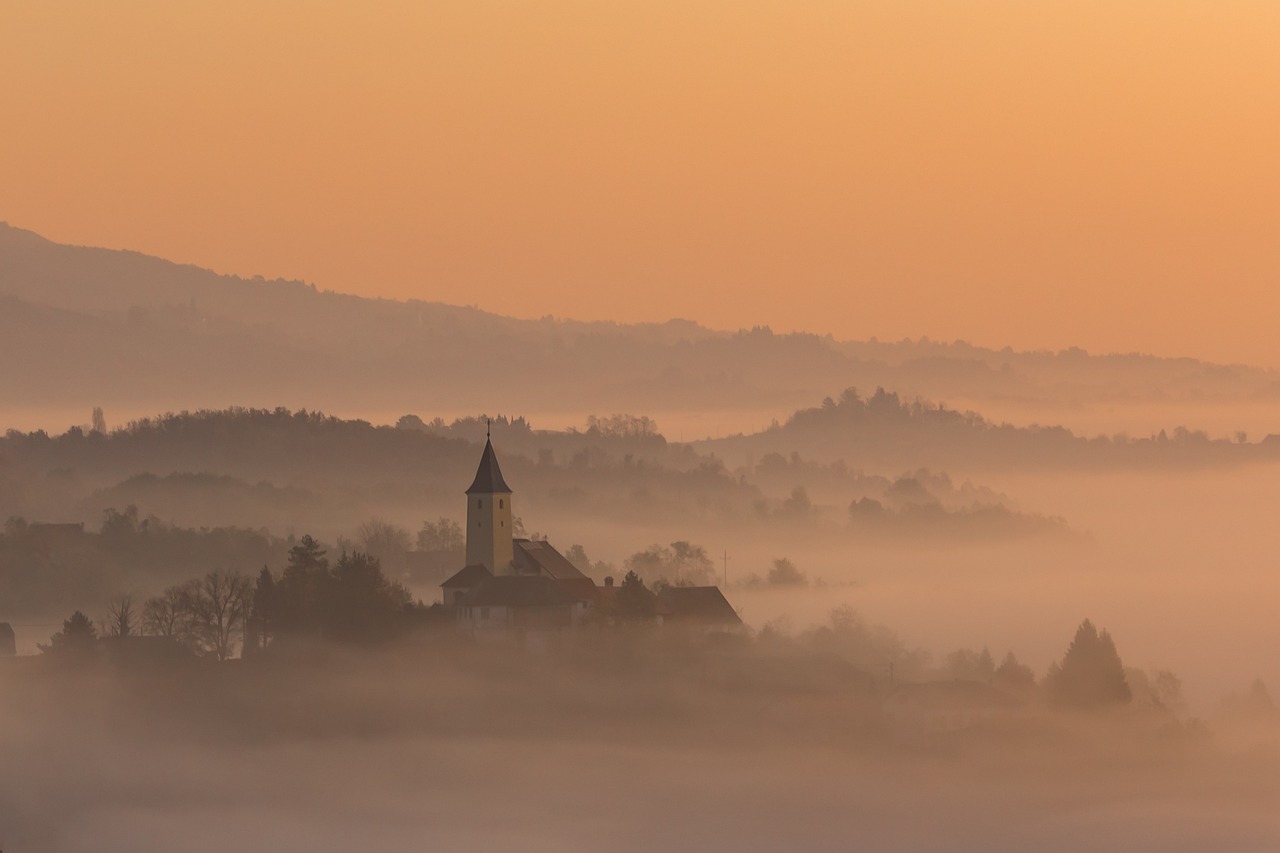Street Art Tourism: Exploring Urban Creativity and Expression
Urban art, also known as street art, has a rich and diverse history dating back to the 1960s. Emerging from the graffiti culture in major cities like New York and Philadelphia, urban art was initially viewed as an act of rebellion and vandalism. Artists utilized public spaces as their canvas, often incorporating social and political messages into their work.
Over the years, urban art evolved from being perceived as a form of delinquency to a respected art movement. Artists like Jean-Michel Basquiat and Keith Haring played key roles in mainstreaming street art, paving the way for future generations of artists to explore and push boundaries. Today, urban art continues to thrive and innovate, with practitioners blending traditional graffiti techniques with contemporary art styles to create visually striking and thought-provoking pieces in urban landscapes worldwide.
The Impact of Street Art on Urban Communities
Street art has the remarkable ability to transform urban landscapes into vibrant hubs of creativity and self-expression. By bringing art out of traditional galleries and into everyday public spaces, street art has the power to democratize art and make it accessible to a wider audience. Through colorful murals, thought-provoking graffiti, and elaborate stencils, street artists can convey powerful messages, spark conversations, and challenge societal norms.
In addition to enriching the visual aesthetics of cities, street art also serves as a form of cultural resistance and activism. Artists use the medium to raise awareness about social issues, advocate for marginalized communities, and reclaim public spaces. By occupying walls, alleys, and buildings with their art, street artists can voice dissent, provoke change, and inspire unity among residents in urban areas.
Exploring Different Styles and Techniques in Street Art
Street art encompasses a wide range of styles and techniques that vary greatly depending on the artist’s vision and the canvas at hand. From detailed stencil work to vibrant murals, the diversity in street art allows for unique expressions of creativity and individuality. Some artists prefer to work with spray paint for its bold and quick application, while others opt for more intricate forms of mixed media to convey deeper messages.
In addition to the traditional graffiti styles that have long been associated with street art, there has been a rise in innovative techniques such as wheatpasting, where images are glued onto surfaces, and yarn bombing, which involves covering objects in colorful knitted or crocheted yarn. These unconventional methods push the boundaries of what can be considered street art, challenging viewers to think beyond the conventional notions of artistic expression. As street art continues to evolve, new styles and techniques emerge, contributing to the rich tapestry of urban creativity.
• Street art encompasses a wide range of styles and techniques
• Artists have the freedom to express their creativity and individuality
• Some artists prefer spray paint for bold applications, while others use mixed media for deeper messages
• Innovative techniques like wheatpasting and yarn bombing are on the rise in street art
• These unconventional methods challenge viewers to think beyond traditional artistic expression
What is the history of urban art?
Urban art, also known as street art, has its roots in the graffiti and tagging movements of the 1960s and 1970s in New York City. Artists like Keith Haring and Jean-Michel Basquiat were influential in bringing street art into the mainstream.
How does street art impact urban communities?
Street art can have a positive impact on urban communities by beautifying neighborhoods, sparking conversations, and bringing people together. It can also draw attention to social issues and give a voice to marginalized groups.
What are some different styles and techniques used in street art?
Street art encompasses a wide range of styles and techniques, including stencil art, wheatpasting, muralism, and 3D street art. Artists may also use a variety of mediums such as spray paint, acrylics, and markers to create their work.





